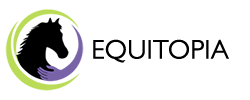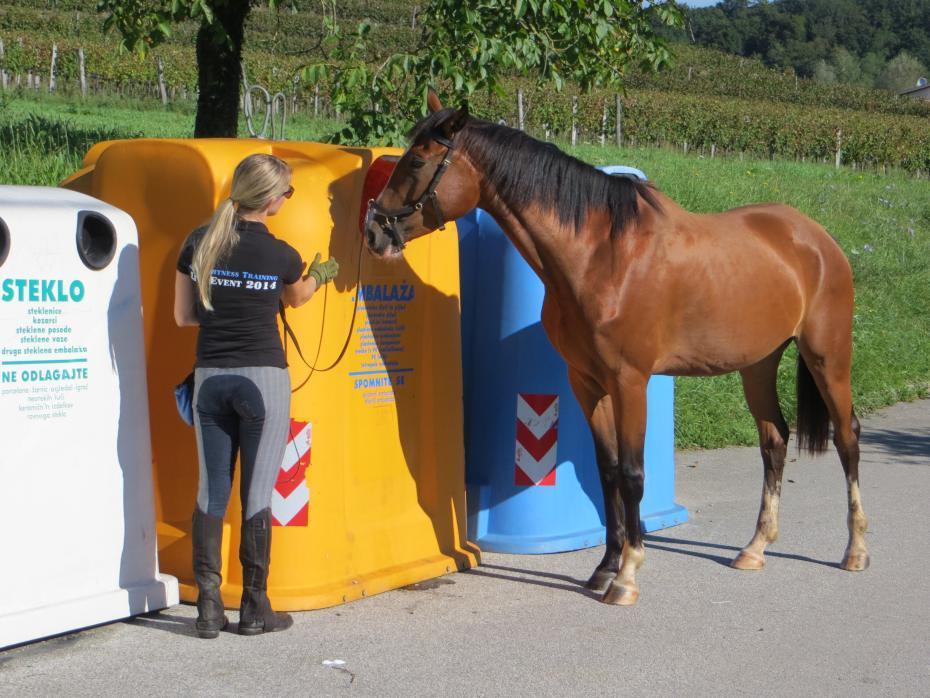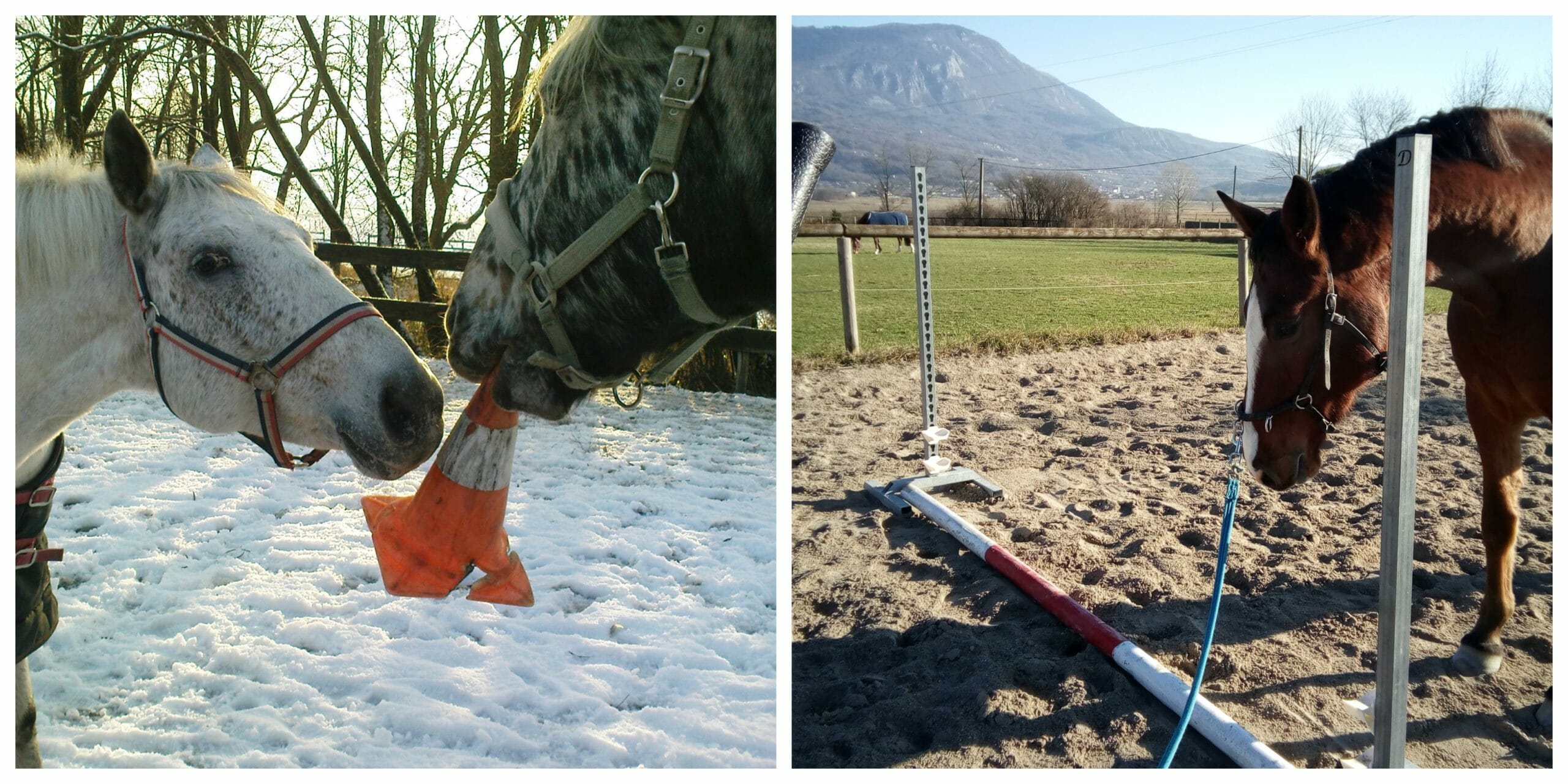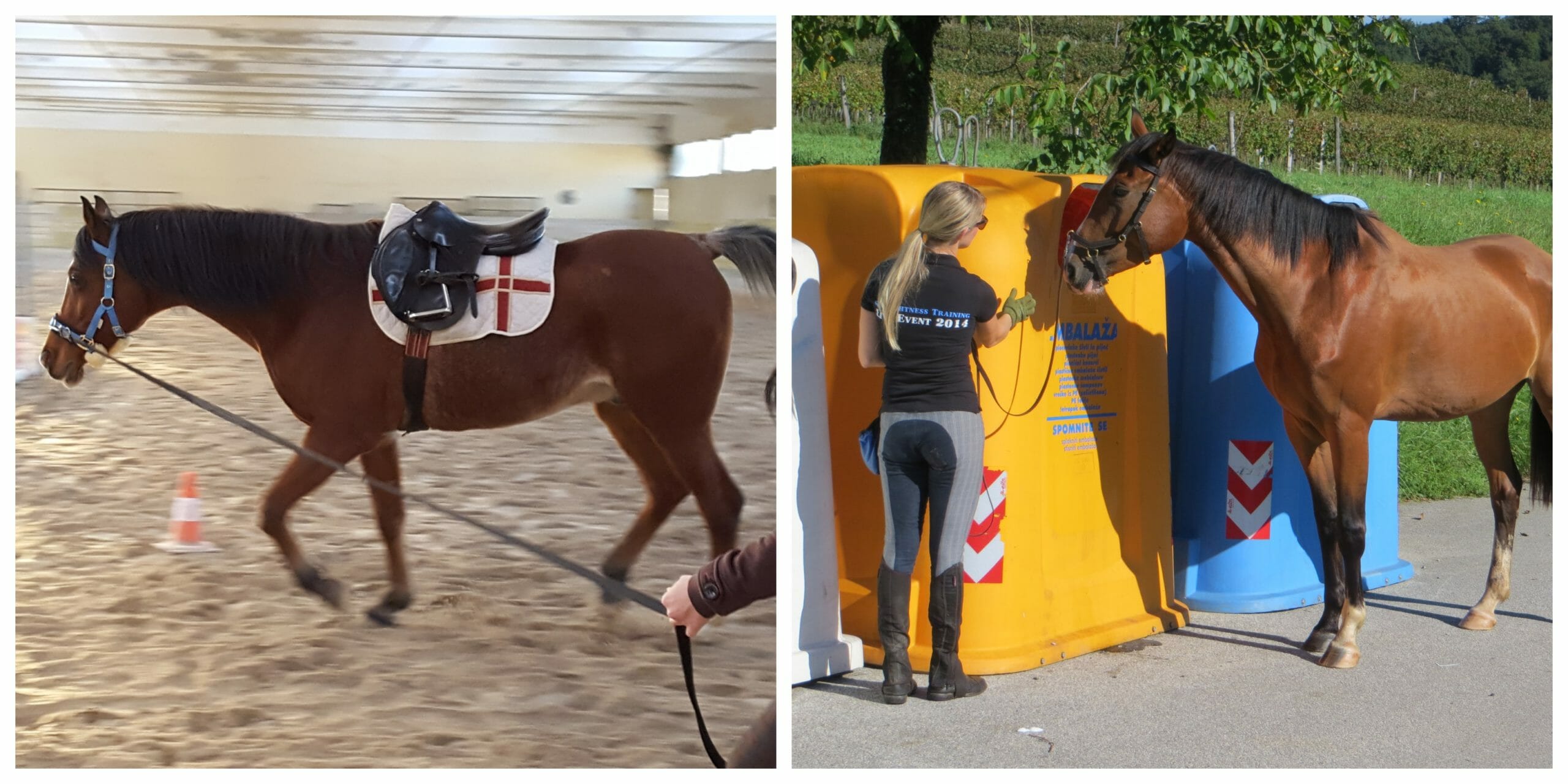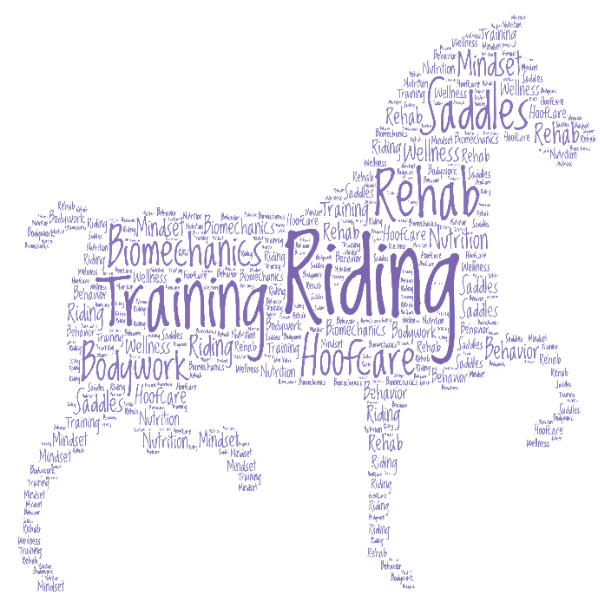LEARNING THEORY AND THE COMMUNICATION PROCESS
Everybody training or working with horses should know the basics of learning theory and acquire specific communication skills. We have to know how to communicate before we can learn from or teach each other. Initially, during the first stages of horse training, the main learning process that takes place is habituation and desensitisation to a specific stimulus. The idea is to override the horse’s natural instinct to flee from a new situation, like having a saddle on. Later on, the training is based more on sensitisation (yielding to the pressure of aids), classical conditioning and learning through operant (instrumental) conditioning with reward and punishment. When it comes to operant conditioning we categorise four options: negative reinforcement, positive reinforcement, positive punishment and negative punishment. Much of the horse training is based on operant conditioning with negative reinforcement. That means that if the horse correctly responds to the unpleasant stimulus, the stimulus ceases. According to this principle, we teach him desired answers to most of the signals and aids in lunging, work in hand and riding as well. Unfortunately, this way of teaching can make room for inappropriate methods or even horse abuse, especially if we don’t know the theory behind the practice. To set a good training plan it is very important to know how horses absorb, process and retain knowledge acquired during the learning process and through communication with humans.
THE AVERAGE LEARNING CURVE SHOULD LEAD UPWARDS
A learning curve is a graphical representation of how an increase in learning (measured on the vertical axis) comes from greater experience (the horizontal axis); or how the more someone (horse) performs a task, the better he gets at it. The learning curve is far from being linear, it has deviations up and down and inflection points. The initial fast improvement is usually followed by a decrease in the desired response or the “plateau” section. The plateau is the period when the horse does not improve, but he also does not worsen. At this point, the difficulty level of training should not be increased. Perhaps the horse would need a longer break or change in exercise, equipment, method, or even trainer. It is very important that as a trainer we are constantly aware of where our horse stands on the learning curve at a specific moment, so we can better plan the training.
Picture 1 (below left): Before being able to teach we need to learn how to communicate.
Picture 2 (below right): Introducing ground poles to a future show jumping horse puts him out of his comfort zone.
COMFORT, STRETCH OR STRESS?
When it comes to learning, we talk about three comfort zones: a comfort zone, a stretch and a stress zone. When a horse is in his comfort zone, very little learning takes place. There is no discomfort or worry. He knows the environment, the procedures, he feels safe, relaxed and pleasant. In the stretch zone, he is exploring his capabilities, he is trying to please the trainer, he wants something he does not have (food, friends), he feels slight discomfort or something missing. Most learning takes place in this zone. The stress zone is a step beyond that. The tasks, challenges or goals are set so far from his capacity or understanding that he feels overloaded. He experiences fear and panic. Instincts as flight, fight, faint or freeze could emerge if he would stay in this zone for too long. In the stress zone, very little or almost no learning takes place. A good trainer knows how to bring a horse from his comfort zone to the stretch zone, but he will immediately recognize when they come close to the edge of the stress zone.
PYRAMID OR PIE?
The scale of horse training as it is described in most literature follows a straight or pyramidal progression starting with rhythm, suppleness (relaxation), contact, impulsion, straightness and eventually collection. As a rule the training scale is usually approached in that order, but all these elements are so closely related to each other that it would be better to picture them as a pie chart with six equal slices. None of the six elements of the training scale could stand by itself. They interact and depend on one another. There is a flow between them and you have to listen to your horse, he will tell you what you need to pay more attention to in a particular moment. A properly trained horse on a high level, capable of a highly collected movement such as piaffe, should be able to make a smooth transition into a good working trot, with light contact and with good rhythm. Likewise, the canter pirouette should still have enough swing and should not seem as if the horse is stomping or wobbling on the same spot. The main goal in training a horse is to reach the best possible level of thoroughness and help him become a sound and healthy athlete that would carry a rider happily for many years.
Picture 3 (below left): An important purpose of lunging is to achieve sophisticated communication on the ground before mounting. (Photo courtesy of Carolina Madriz)
Picture 4 (below right): Habituation and sensitization are two important processes of training horses.
This post was written by Alja Kisilak. Alja is a riding instructor, passionate about bringing out the best in the horse and the rider and making the experience fun for both of them. In 2008 she graduated from the Biotechnical University of Ljubljana with a thesis on Equine Psychology. Her wide knowledge on the learning theory, coupled with strong intuition and feel enables her to combine the science and art of riding into a coherent whole. She is constantly on the lookout for new knowledge and experiences and this search has led her all over Europe, where she learned from some of the best trainers of classical dressage. In addition to her work with horses, she has a gift for working with people too. She worked as a main trainer, equine assisted psychotherapy facilitator and riding instructor at MKZ Rakitna, Grad Prestranek and Cavallista riding school. Her unique skill set enables her to understand the horse’s and the rider’s perspective and their individual needs, which is the perfect combination for training that is tailored to both horse and rider.
If you found this post interesting, you may also be like to check out the links below:
https://www.equitopiacenter.com/shop/chiropractic-care/
https://www.equitopiacenter.com/training-happy-healthy-athletes/
